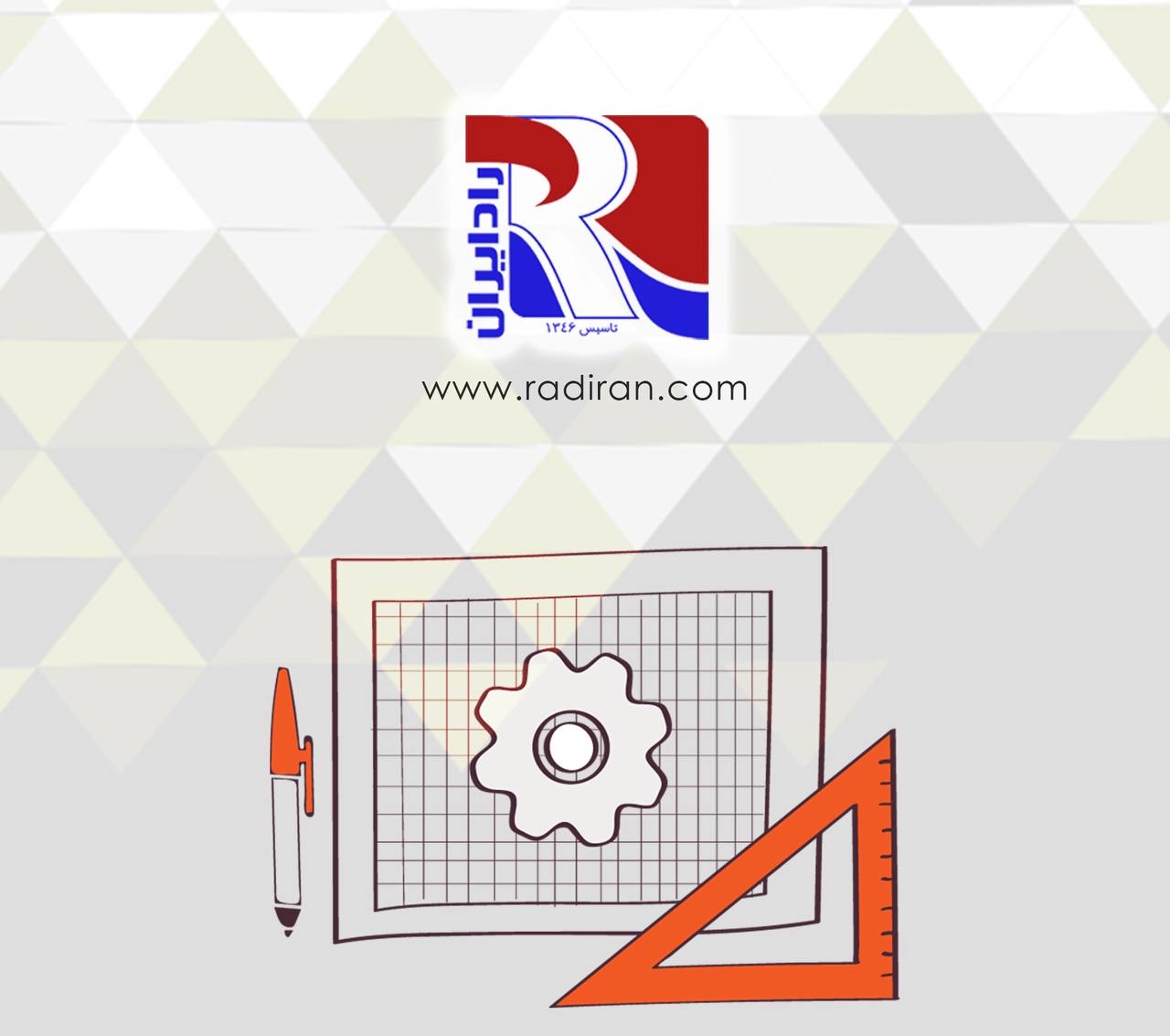Over designing heat exchangers
Over designing heat exchangers can occur due to several reasons: Safety and Reliability: Engineers often err on the side of caution to ensure that heat exchangers can withstand unexpected variations in operating conditions or transient events without failure. Over designing can provide a safety margin to prevent catastrophic failures, ensuring the reliability and integrity of the system. Uncertainty in Operating Conditions: In many cases, the exact operating conditions of the heat exchanger, such as fluid flow rates, temperatures, and pressures, may be...




